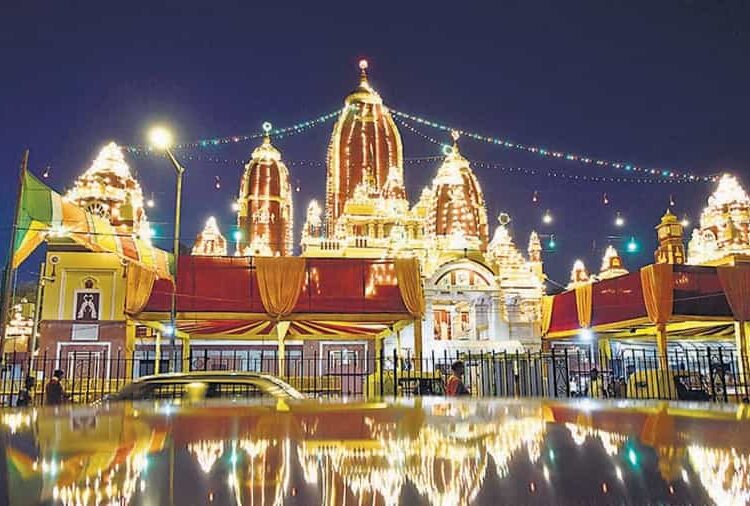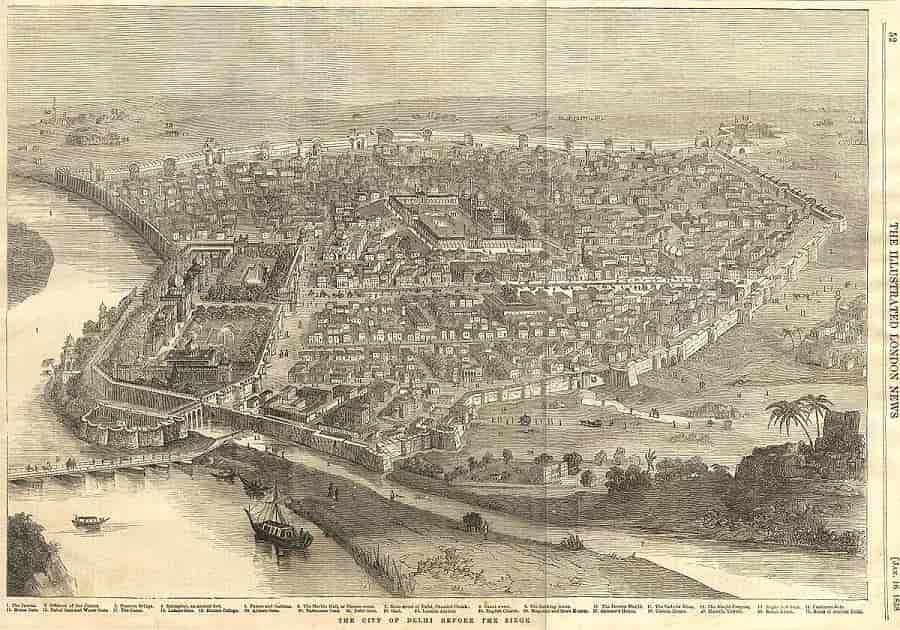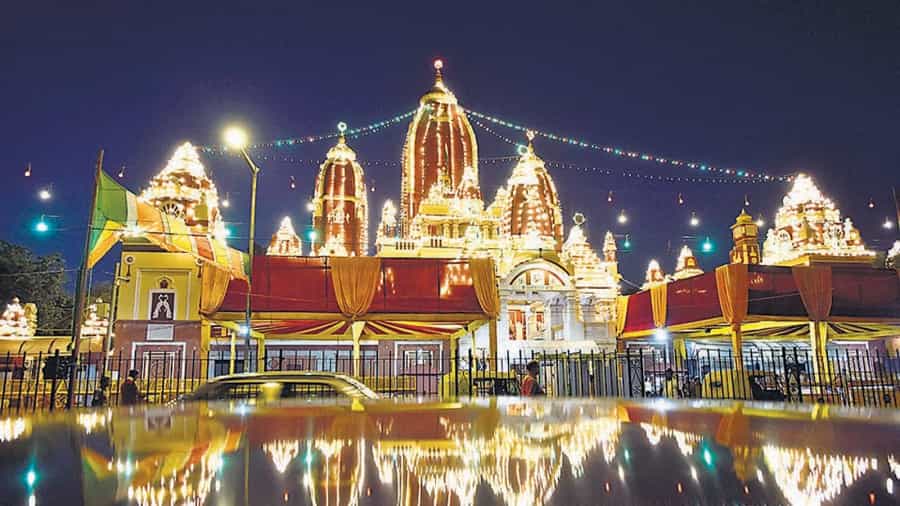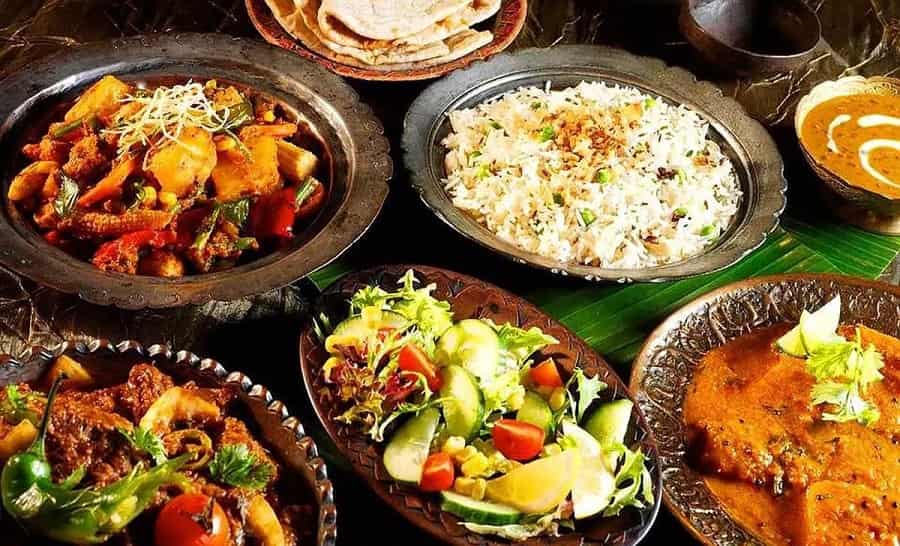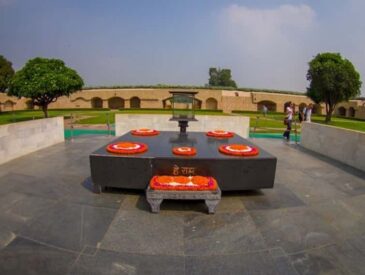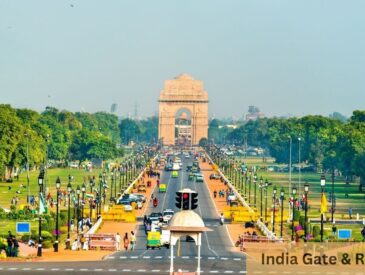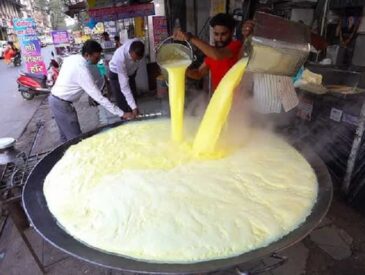Delhi, the capital city is first dot on the map from where you will start your magnificent journey of golden triangle tour. Many layers must have folded in the past to hold up the present day city. Many tried to unfold mystery behind its affluent traditions and culture but more they hollowed out, trickier it became for them. A single visit to city is enough to make you fall in love with it! This post is related to info on Delhi, India.
Info on Delhi
History
Delhi, where a empire rose and fell before the dawn of history; where fortresses of emperors appeared and disappeared; a city of mysterious eternity whose old ruins proclaim a majestic and imperial past and whose present pulsates vibrantly with ever flowing life of India. Eternal Yamuna bears witness to glorious and tumultuous 5,000 year old history of Delhi. Etymology of ‘Delhi’ is not certain as there are several theories related to it.
Taking a deeper gaze into history, many emperors who set their citadels in this city were great powers with royal stronghold. Indraprastha, Lal Kot, Quila Rai Pithora, Siri, Jahanpanah, Tughlakabad, Ferozabad, Dinpanah, Delhi Sher Shahi or Shahjahanabad, no matter how many names it may have acquired in past, it has always been called Delhi intrinsically recognized with power and imperial control. Remnants of seven major cities have been discovered in Delhi. There is a famous old aphorism about this state that whoever discovers a new city at Delhi will drop it and this has turned right every time. Most recent example of it, are the British who discovered New Delhi in 1911.
Geography
Spread over an area of 1,484 sq km, Delhi is divided into rural and urban expanses. It margins Uttar Pradesh to east and Haryana on north, west and south. Topography of Delhi shows great distinction. It transforms from plain fields in the north to dry, arid hills in the south and west. Southern part of city used to possess large natural lakes, most of which have now dried up. Most of Delhi, counting New Delhi, is located on western banks of river Yamuna which divides city from eastern suburbs (locally: trans-Yamuna). However, good connectivity between eastern and western regions, with a number of road and railway bridges as well as Delhi Metro reflects organized transport system of capital. In 2003, Delhi bagged the United States Department of Energy’s first ‘Clean Cities International Partner of the Year’ award for ‘‘bold efforts to curb air pollution and support alternative fuel initiatives’’ after it ordered conversion of buses and taxis of city to be run on Compressed Natural Gas and banned the use of leaded petrol in 1998.
Climate of Delhi-Info
Every season has a charm of its own and that makes Delhi a prime destination. Summers are long and extremely hot from early April to mid-October. Monsoon season arriving at the end of June brings some relief from heat, but escalating humidity at same time. In late November, brief, mild winter starts and achieves peaks in the month of January and is notorious for its intense fog.
Info on Delhi Culture
Owing to immigration of people from across the country, Delhi has developed to be a multicultural, multi-ethnic metropolis. However, indigenous culture that has been influenced by its extensive history and historic alliance as the capital of India is incomparable. Sprinkled with many historical monuments in Delhi, it houses 1200 heritage buildings and 175 national heritage sites. Recognition to these buildings has been provided by Archaeological Survey of India.
Rare combination of old and new that exists in Delhi makes it as intriguing as ever. Old Delhi reflects the royal taste of Mughal and Turkic rulers while on the other hand New Delhi has a highlighted streak of British colonial days. Despite of their distinctive features, both, the old and the new regions compliments each other.
Fairs and festivity are an integral part of Delhi’s culture. Be it a religious occasion or a national event, Delhi celebrates it all with great enthusiasm and merriment. Religious festivals include Diwali, Holi, Guru Nanak’s Birthday, Lohri, Chhath, Krishna Janmastami, Durga Puja, Maha Shivaratri, Eid ul-Fitr, Moharram, Mahavir Jayanti, and Buddha Jayanti which despite of religious connections are celebrated by whole of the nation. Cultural events also find great celebrations in capital. Kite Flying Festival, International Mango Festival and Vasant Panchami are organized every year attracts a huge crowd of participants.
Cuisine
If in Delhi, forget all your diet plans and savor on some of the great culinary delights served in prestigious restaurants of the capital. Although a variety of international cuisine (Italian, Japanese, Continental, Middle-Eastern, Thai and Chinese) is available in high end luxury malls and markets of this city, travelers find it hard to resist the local dishes. Punjabi kababs and Mughlai biryanis are famous in Delhi. Street food includes chaat, golgappe and aloo tikki. With all credits to its great cosmopolitan and immigrants, cuisine from every region of country (Gujarati Rajasthani, Maharashtrian, Bengali, Hyderabadi and South Indian food items) are extensively offered in Delhi.
- Also Read: 13 Most Famous Places In Delhi For Food
Delhi Transport
Road Transport: Transport system in Delhi is highly developed with buses, auto rickshaws, taxis and metro railways defining public transport. Buses in Delhi are most favorite and easily available mode of transport. Delhi Transport Corporation controls world’s largest fleet of nature-friendly CNG buses. After advent of metro railways in 2006, Delhi metro has gained a reliable status among the population of city. Besides, auto rickshaw run on Compressed Natural Gas, are a popular means of public transportation due to their relatively low fare than taxis. Taxis are also easily available in city; however, they are not an integral part of Delhi public transport. Radio taxis are also an easy and safe option for traveling in Delhi.
- Suggested Tour: Delhi Tour by Local Transport
Railways Network: City is headquarters of Northern Railway and is a major junction in rail map of India. There are five major stations in capital from where you can board trains to travel to other parts of the country. Online as well as offline booking has to be done prior to traveling in any train of the Indian railways network. Traveling without a ticket is a punishable offence. New Delhi Railway Station, Old Delhi, Nizamuddin Railway Station, Anand Vihar Railway Terminal and Sarai Rohilla are main railway stations in Delhi.
Air: Indira Gandhi International Airport (DEL), located in New Delhi serves as the major gateway for city’s domestic and international civilian air traffic.

